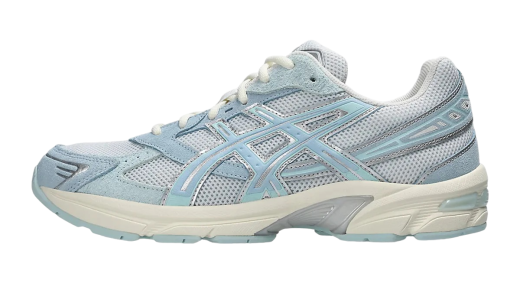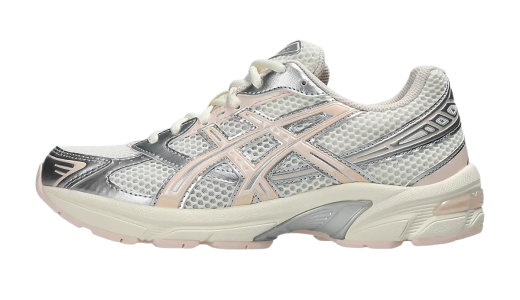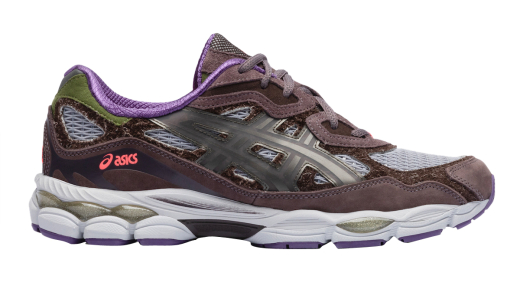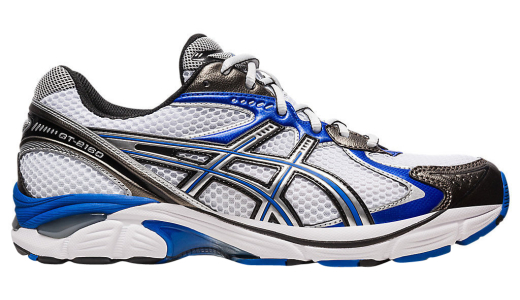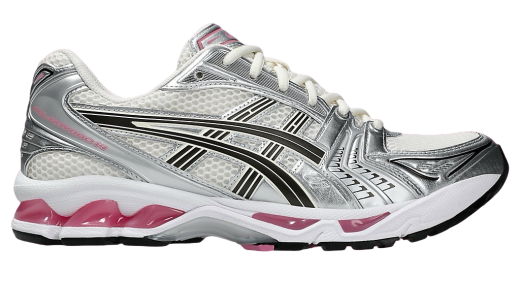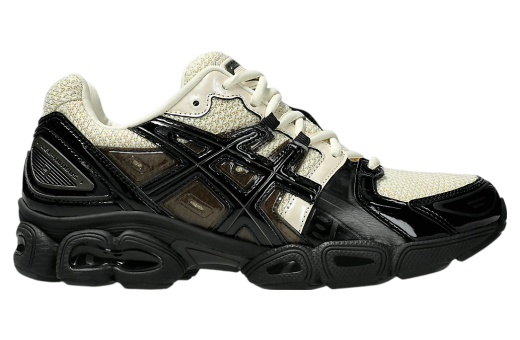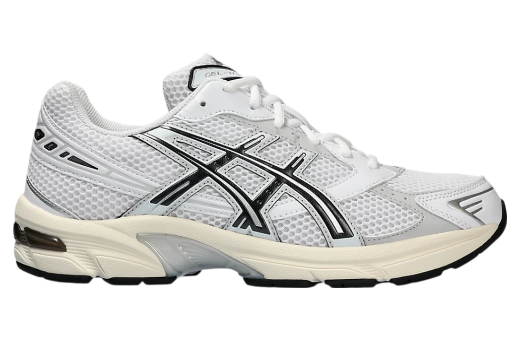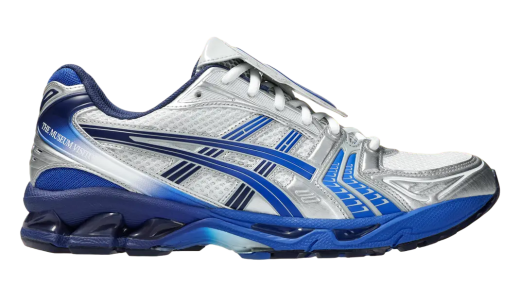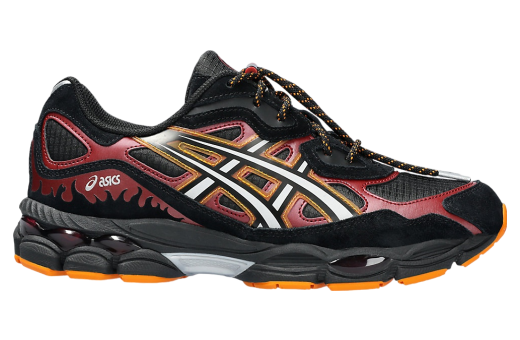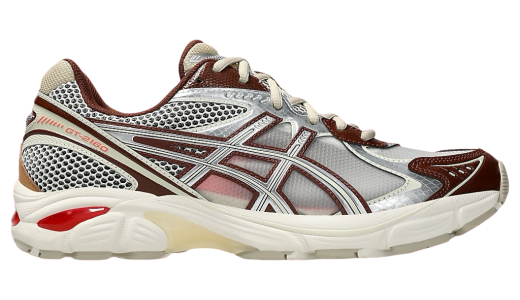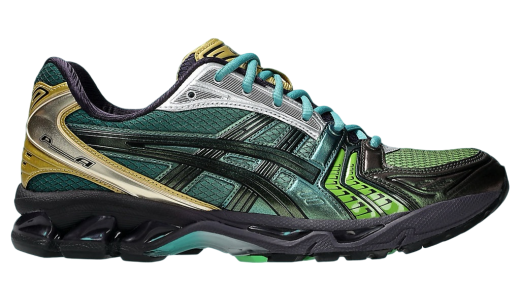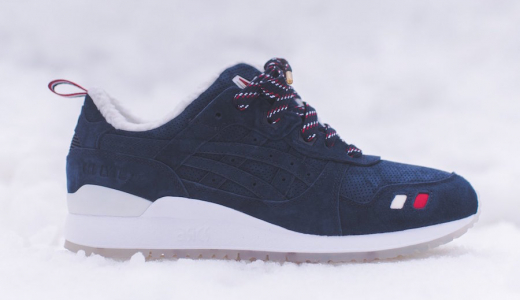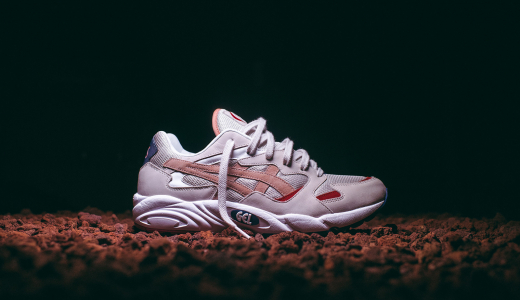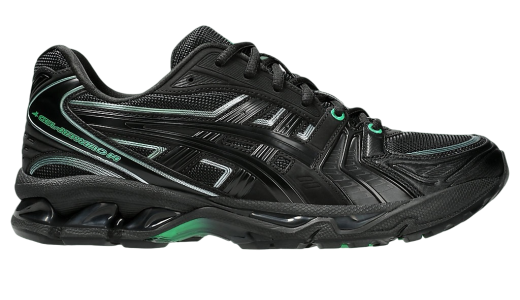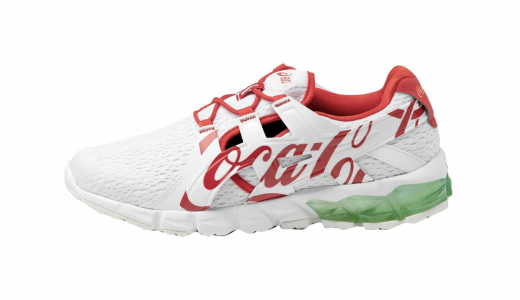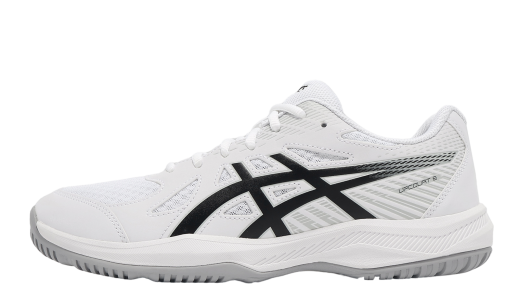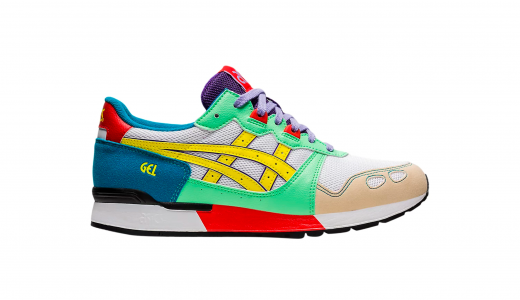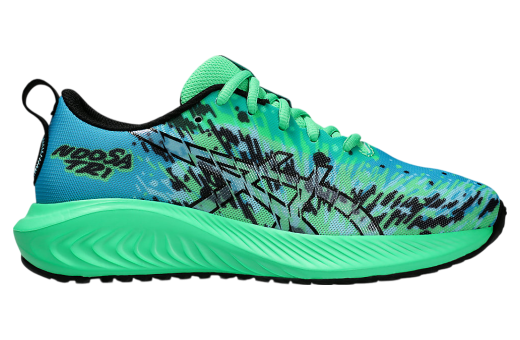Asics
Founded in 1949, ASICS stands for "Anima Sana In Corpore Sano," a Latin phrase meaning "A Sound Mind in a Sound Body." Originally named Onitsuka Co., Ltd by its founder Kihachiro Onitsuka, the company started in Kobe, Japan, with a focus on nurturing youth through sports. ASICS quickly gained recognition for its innovative designs and technological advancements in athletic footwear, particularly in the running shoe market. The brand's commitment to quality and performance has made it a favorite among both professional athletes and casual runners. Over the years, ASICS has expanded its product line to include apparel and accessories, while consistently investing in research and development to enhance athletic performance and comfort.
Today, ASICS operates on a global scale, with a strong presence in markets around the world. The company has established numerous research and development facilities, such as the ASICS Institute of Sport Science in Kobe, to better understand the biomechanics of athletic movement and the evolving needs of athletes. ASICS' emphasis on continuous improvement and innovation is evident in their various proprietary technologies, including GEL cushioning systems and Impact Guidance System (IGS). The brand has also made significant strides in sustainability, launching eco-friendly collections and initiatives aimed at reducing environmental impact. Through partnerships with professional athletes and endorsements from sports organizations, ASICS continues to inspire individuals to achieve their best physical and mental health through sports and exercise.
History of Asics
Title: The Evolution of ASICS: A Tale of Innovation and Athletic Excellence
Introduction
ASICS, a globally recognized athletic footwear and sports equipment company, stands as an epitome of innovation, resilience, and dedication to enhancing athletic performance. The company's legacy, spanning over seven decades, is a testament to its commitment to blending scientific insights with practical needs of athletes. This history explores ASICS' journey from its humble beginnings in post-war Japan to its status as a global leader in the athletic industry.
I.
Origins and Early Years
ASICS' story begins with Kihachiro Onitsuka, who was born in 1918 in what is now part of Nishiin District in Kōbe, Japan. After experiencing the hardships of World War II, Onitsuka embarked on a mission to rebuild and uplift Japanese youth through sports. In 1949, he founded Onitsuka Co., Ltd. The company initially produced basketball sneakers in his living room in Kobe. Onitsuka's first design, featuring suction-cup-inspired soles, aimed to enhance the performance of basketball players, which soon caught the attention of local athletes.
The company's first major breakthrough came with the introduction of lightweight running shoes. Designed with a focus on comfort and durability, these shoes quickly gained popularity among athletes, setting the stage for the brand's future success. However, Onitsuka was not content with simply producing athletic footwear; he was determined to create products scientifically designed to improve athletic performance.
II.
The Birth of ASICS
In 1977, Onitsuka Tiger merged with GTO and JELENK, two other sporting goods companies, to form ASICS Corporation. The name ASICS is an acronym derived from the Latin phrase "Anima Sana In Corpore Sano," which translates to "A Sound Mind in a Sound Body." This philosophy underscores the company's commitment to promoting a healthy and active lifestyle.
ASICS' dedication to innovation and quality led to the establishment of the ASICS Institute of Sport Science (ISS) in 1985. The ISS became the heart of the company's research and development efforts, focusing on biomechanical research, material innovation, and product testing. The institute's work has resulted in numerous groundbreaking technologies that have revolutionized athletic footwear and apparel.
III.
Technological Innovations
ASICS' commitment to scientific research and technological innovation has resulted in several pioneering advancements in athletic footwear. The company's most notable innovation is the Gel technology, introduced in the mid-1980s. ASICS Gel cushioning, positioned in strategic areas of the shoe's sole, provides shock absorption and enhances comfort and performance. This technology quickly became a hallmark of ASICS running shoes and remains a key feature in many of their products.
Another significant innovation is the development of the Impact Guidance System (IGS), a design philosophy that enhances the natural gait of the foot. IGS uses a combination of materials and construction techniques to guide and support the foot's movement, reducing the risk of injury and improving performance. This system has been incorporated into various ASICS running shoes, earning the brand accolades from athletes and sports professionals worldwide.
ASICS has also made strides in sustainable practices. The company has implemented eco-friendly materials and manufacturing processes, such as using recycled polyester and reducing water usage during production. These efforts reflect ASICS' commitment to environmental responsibility and sustainability.
IV.
Global Expansion
ASICS' success in Japan paved the way for its expansion into international markets. The brand established a foothold in the United States in the late 1970s, gaining popularity among American runners and athletes. The high quality and performance-driven design of ASICS products resonated with consumers, leading to increased demand and market share.
In Europe, ASICS achieved significant success by sponsoring high-profile athletes and events. The brand's association with elite runners, such as Lasse Virén, the Finnish long-distance runner and four-time Olympic gold medalist, enhanced its reputation as a provider of top-tier athletic footwear. ASICS' involvement in major marathons and other sporting events further bolstered its global presence.
V.
Endorsements and Collaborations
ASICS' success in the global market can be attributed, in part, to its strategic endorsements and collaborations with athletes, sports teams, and events. The brand has partnered with numerous professional athletes across various sports, including running, tennis, volleyball, and soccer. These endorsements have helped establish ASICS as a trusted and respected name in the athletic industry.
One of the most notable endorsements in ASICS' history is its partnership with long-distance runner Deena Kastor. Kastor, who won the bronze medal in the women's marathon at the 2004 Athens Olympics, has been a long-time advocate for ASICS, praising the brand's dedication to innovation and performance. Her association with ASICS has helped elevate the brand's profile in the running community.
ASICS has also collaborated with other brands and designers to create unique and limited-edition products. These collaborations often merge ASICS' technical expertise with creative design, resulting in fashionable and functional footwear that appeals to a broad audience.
VI.
Product Diversification and Innovation
Over the years, ASICS has expanded its product portfolio beyond running shoes to include a wide range of athletic footwear and apparel for various sports and activities. The brand offers specialized products for tennis, basketball, volleyball, wrestling, golf, and more. ASICS' commitment to performance and quality is evident in each of these product lines, ensuring that athletes across disciplines can benefit from the brand's innovations.
One of the standout products in ASICS' diverse portfolio is the GEL-Kayano series. Introduced in 1993, the GEL-Kayano continues to be one of the brand's most popular running shoes, known for its superior cushioning and support. The shoe's success can be attributed to ASICS' ongoing efforts to refine and improve its design, incorporating feedback from athletes and advancements in technology.
ASICS has also embraced digital innovation with the launch of the ASICS Runkeeper app. This app provides runners with tools to track their workouts, set goals, and connect with a community of runners. The integration of technology into ASICS' products and services reflects the brand's commitment to meeting the evolving needs of athletes in the digital age.
VII.
Challenges and Resilience
Like any major corporation, ASICS has faced its share of challenges over the years. The athletic footwear and apparel industry is highly competitive, with numerous brands vying for market share. Economic fluctuations, changes in consumer preferences, and increasing competition have all posed challenges to ASICS.
However, ASICS' resilience and adaptability have enabled the brand to navigate these challenges successfully. The company's focus on research and development, coupled with its dedication to quality and performance, has allowed it to maintain a strong market presence. ASICS' ability to evolve and innovate in response to changing trends and consumer demands has been a key factor in its continued success.
VIII.
Sustainability and Corporate Responsibility
In recent years, sustainability and corporate responsibility have become increasingly important to consumers and businesses alike. ASICS has responded to this shift by implementing various initiatives aimed at reducing its environmental impact and promoting social responsibility.
ASICS' commitment to sustainability is evident in its efforts to reduce carbon emissions, minimize waste, and use eco-friendly materials. The company has set ambitious targets for reducing its environmental footprint, such as achieving net-zero carbon emissions by 2050 and eliminating single-use plastics from its operations.
In addition to its environmental initiatives, ASICS is dedicated to promoting social responsibility. The company has implemented programs to support local communities, promote diversity and inclusion, and ensure fair labor practices throughout its supply chain. These efforts demonstrate ASICS' commitment to making a positive impact beyond the athletic industry.
IX.
The Future of ASICS
As ASICS looks to the future, the brand remains focused on its core mission of promoting "A Sound Mind in a Sound Body." This philosophy continues to guide ASICS' efforts to innovate and create products that enhance athletic performance and contribute to a healthy lifestyle.
ASICS is poised to continue its legacy of innovation with advancements in technology and materials. The integration of data analytics, biomechanics research, and sustainable practices will likely shape the next generation of ASICS products. The brand's commitment to combining scientific insights with practical design ensures that it will remain at the forefront of the athletic industry.
Conclusion
The history of ASICS is a story of perseverance, innovation, and a relentless pursuit of excellence. From its humble beginnings in post-war Japan to its status as a global leader in the athletic industry, ASICS has consistently demonstrated a commitment to improving the lives of athletes through science and design. As the brand continues to evolve, its dedication to promoting a healthy and active lifestyle remains unwavering. ASICS' journey is a testament to the power of vision and innovation, inspiring athletes and consumers around the world.
